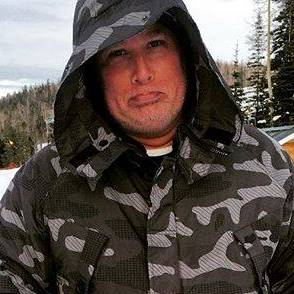 That sinking feeling one experiences in Seal Beach dates back at least 2,000 years, according to researchers.
That sinking feeling one experiences in Seal Beach dates back at least 2,000 years, according to researchers.
According to the United States Geological Survey, a new collaborative study shows evidence of prior abrupt sinking of the wetlands near Seal Beach, caused by ancient earthquakes that shook the area at least three times in the past 2,000 years.
Even more alarming: It may happen again.
“Imagine a large earthquake—and it can happen again—causing the Seal Beach wetlands to sink abruptly by up to three feet. This would be significant, especially since the area already is at sea level,” says Matthew E. Kirby, a Cal State Fullerton professor of geological sciences.
Kirby, Brady P. Rhodes, CSUF professor emeritus of geological sciences, and Robert J. Leeper, a former USGS geologist and CSUF alumnus whose master’s thesis is based on the research findings, led the study that’s titled “Evidence for Coseismic Subsidence Events in a Southern California Coastal Saltmarsh” and was published by the journal Nature.
The study reveals that the National Wildlife Refuge Seal Beach—the nearly 500 acres of wetlands within the Naval Weapons Station Seal Beach—are susceptible to rapid lowering in elevation during large earthquakes (7.0 magnitude or more). This is particularly distressing when you consider those wetlands are adjacent to the communities of Seal Beach and Huntington Harbour.
Indeed, the researchers suspect the wetlands were formed due to complex, lateral movement of the Newport-Inglewood/Rose Canyon fault system, which extends from Beverly Hills in the north to the San Diego region in the south. A rupture there could produce a magnitude 7.5 earthquake that could significantly impact the entire coastline from Long Beach to San Diego, the researchers fear.
“These research findings have important implications in terms of seismic hazard and risk assessment in coastal Southern California and are relevant to municipal, industrial and military infrastructure in the region,” says Leeper, who is now a doctoral student in the Earth Sciences program at UC Riverside.

OC Weekly Editor-in-Chief Matt Coker has been engaging, enraging and entertaining readers of newspapers, magazines and websites for decades. He spent the first 13 years of his career in journalism at daily newspapers before “graduating” to OC Weekly in 1995 as the alternative newsweekly’s first calendar editor.

